Encourage your students to proofread and edit their writing using the C.O.P.S. and A.R.M.S acronyms with a pair of printable writing posters.
Looking for a New Editing Strategy? Try C.O.P.S. and A.R.M.S.
Proofreading is an important component of the writing process that is often a major struggle for young writers. Proofreading is an element of editing focused on the concrete skills of spelling, capitalisation, punctuation, and sentence structure. As teachers, we know how hard it is to get students to review their own writing, and we’ve found an easier way using the C.O.P.S. and A.R.M.S editing strategy.
Acronyms cue students to proofread and edit elements of their writing. “COPS” and “ARMS” are examples of proofreading acronyms. We’ve put together a pair of writing anchor charts dedicated to these acronyms and printable mini-checklists for student use.
What Does COPS Stand For?
The COPS acronym stands for:
C: Capitalise the first letter of each sentence.
O: Organise your writing to make it easy to read.
P: Use correct punctuation.
S: Spell words correctly.
What Does ARMS Stand For?
The ARMS acronym stands for:
A: Add sentences to your writing.
R: Remove unnecessary words and sentences.
M: Move sentences and words around to make them sound better.
S: Substitute overused and boring words and sentences with better ones.
Download and Print Your Editing Posters
This resource downloads as two separate printable PDF files. Use the dropdown arrow on the download button to download the A.R.M.S. or C.O.P.S file, or both!


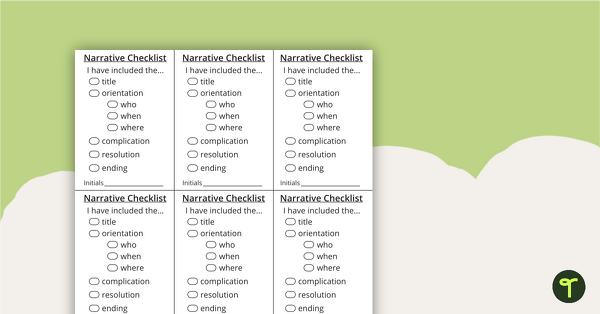
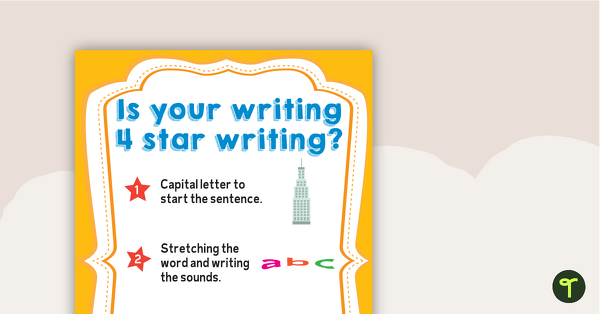
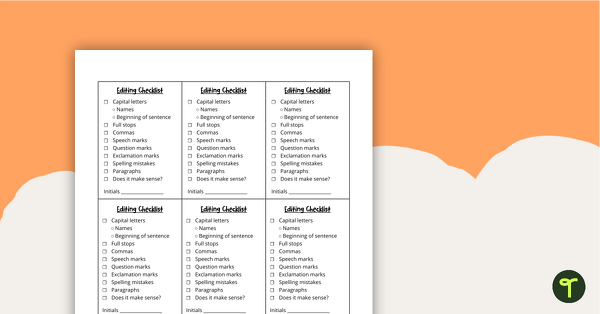
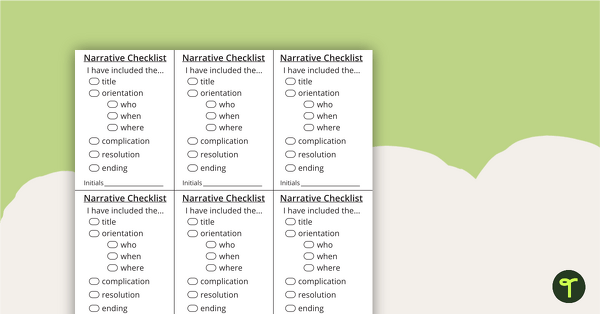


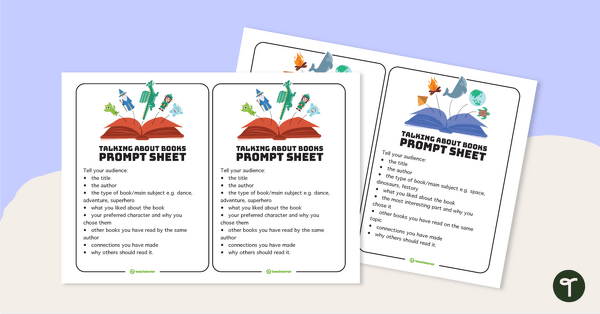

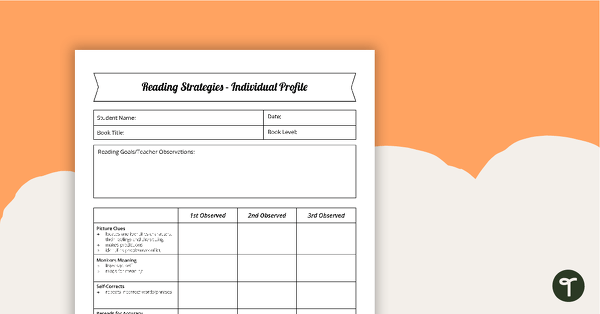
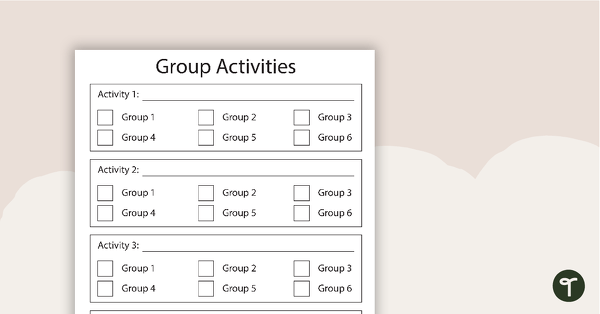
3 Comments
Write a review to help other teachers and parents like yourself. If you'd like to request a change to this resource, or report an error, select the corresponding tab above.
No comments yet.